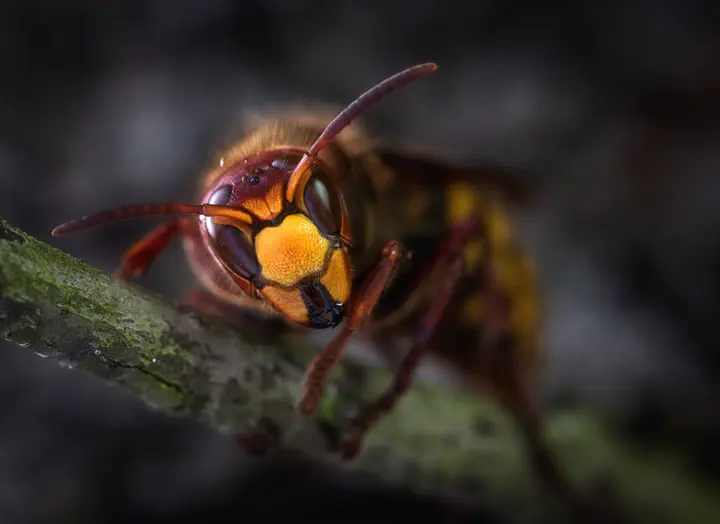Seeing the Bigger Picture: The Power of High-Resolution Data in Predicting Species Distributions

High-resolution data, such as satellite imagery, is becoming increasingly important for developing accurate species distribution models. With advancements in remote sensing technology, scientists can now obtain detailed information about the environment, such as land cover, vegetation indices, and topography, at very fine spatial and temporal scales. This information can then be used to create more accurate and detailed models of species distributions.
One example of how high-resolution data is being used to improve species distribution models is through the creation of habitat suitability maps. Habitat suitability maps use a combination of environmental variables, such as temperature, precipitation, and land cover, to predict areas where a species is likely to occur. With high-resolution data, these maps can be created with much greater accuracy and detail, allowing for more precise predictions of species distributions.
Another example is the use of remote sensing to identify and map specific habitat features that are important for certain species. For example, scientists can use satellite imagery to identify areas of high tree cover, which may be important for species that rely on forest habitats. They can also use high-resolution data to map the distribution of certain plant species, which may be used as indicators of habitat suitability for other species.
In addition, high-resolution data can also be used to monitor changes in the environment and track how these changes may be impacting species distributions over time. For example, scientists can use satellite imagery to monitor changes in land cover, such as deforestation or urbanization, and assess how these changes may be affecting species’ habitat suitability.
Overall, the use of high-resolution data is revolutionizing the field of species distribution modeling. With these data, scientists can create more accurate and detailed models that can inform conservation and management decisions. However, it is important to note that high-resolution data is not a panacea and must be used in combination with other types of data and knowledge to create truly effective models. Moreover, to ensure that these models are effective, it is essential that they are grounded in field data and that they are validated using independent data sources.
- Luque, S., Pettorelli, N., Vihervaara, P., Wegmann, M., & Vamosi, J. (2018). Combining spatial and temporal approaches to explore the historical biogeography of the Mesoamerican freshwaterImproving biodiversity monitoring using satellite remote sensing to provide solutions towards the 2020 conservation targets. Methods in Ecology and Evolution, 9(8), pp. 1784-1786. DOI: 10.1111/2041-210X.13057
- Pettorelli, N., Safi, K., & Turner, W. (2014). Satellite remote sensing, biodiversity research and conservation of the future. Philosophical Transactions of the Royal Society B: Biological Sciences, 369(1643), pp. 20130190. DOI: 10.1098/rstb.2013.0190
- Zarnetske, P.L., Read, Q. D., Record, S., Gaddis, K.D., Pau, S., Hobi, M.L., … & Gillespie, T. (2019). Towards connecting biodiversity and geodiversity across scales with satellite remote sensing. Global Ecology and Biogeography, 28(5), pp. 548-556. DOI: 10.1111/geb.12887